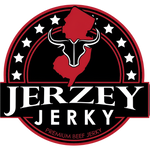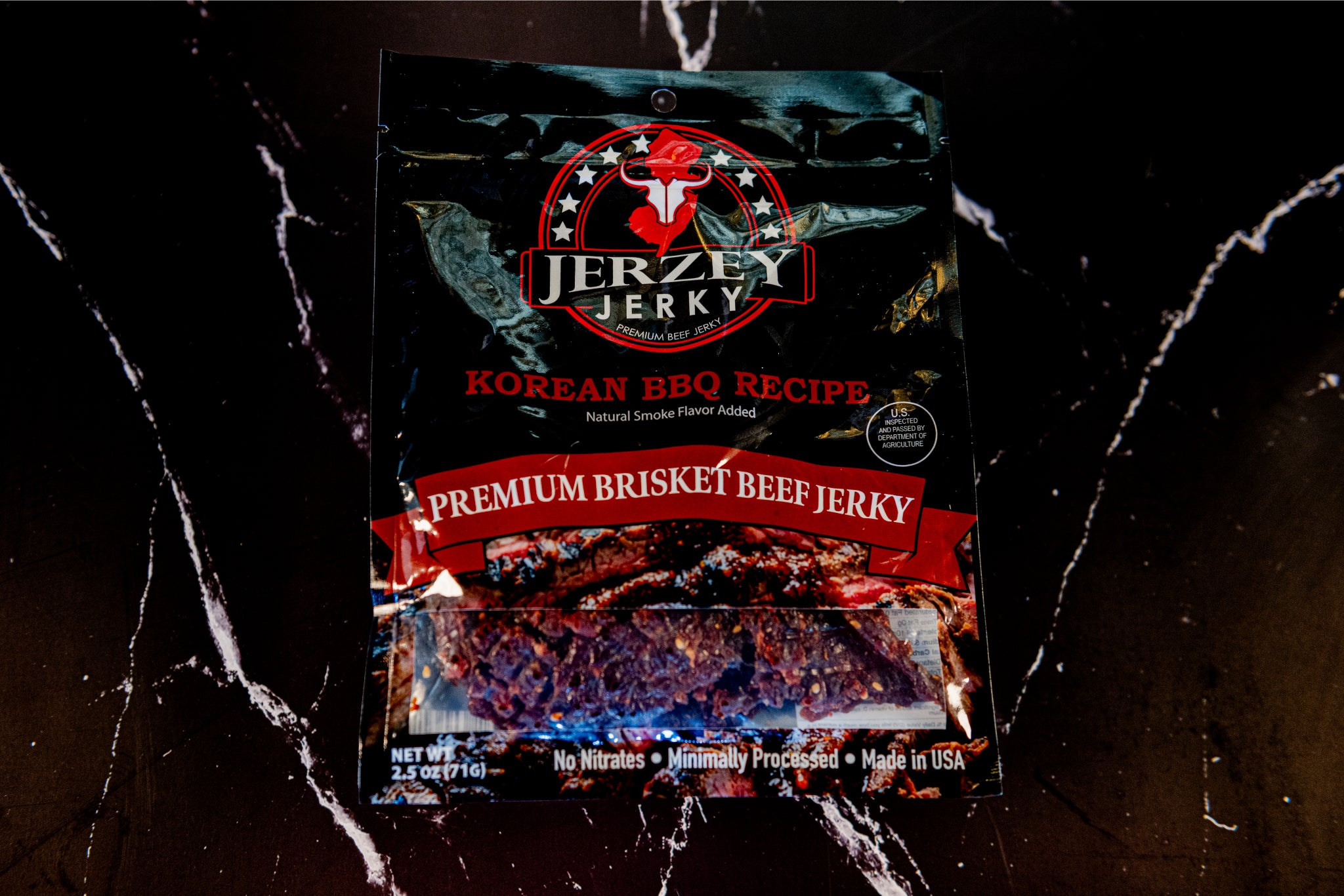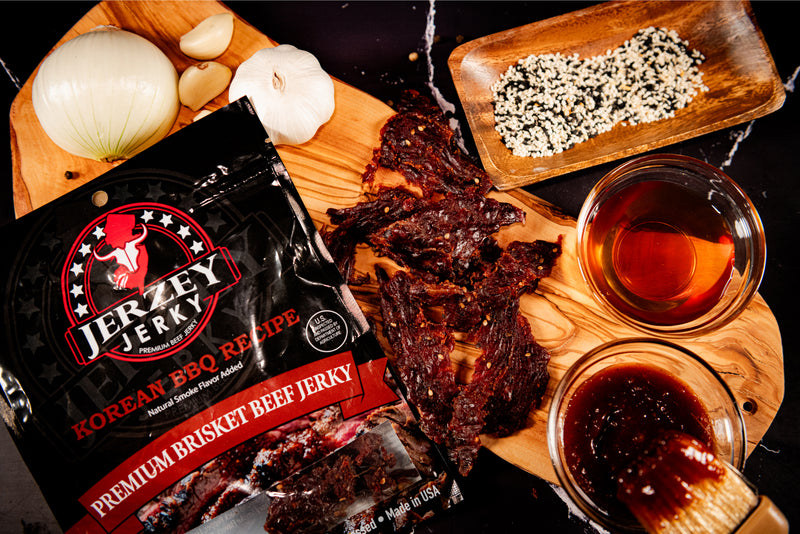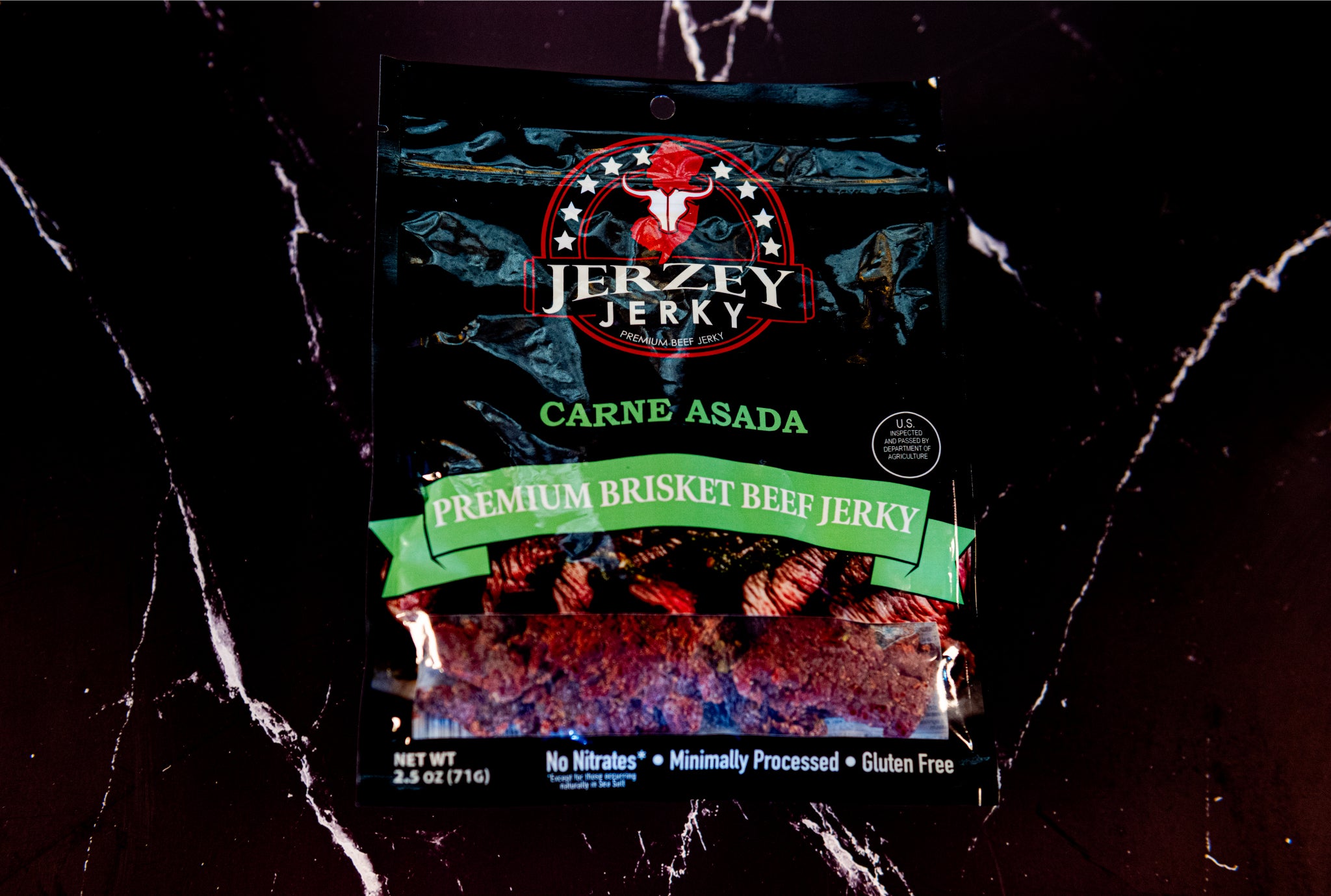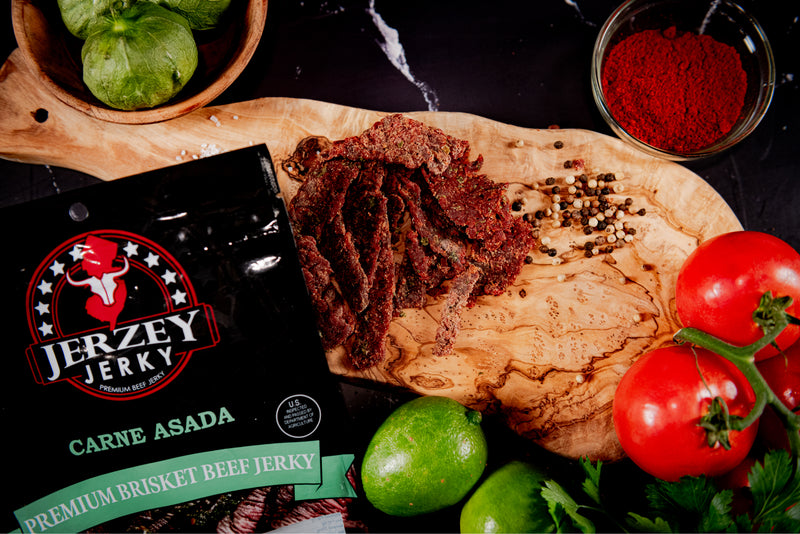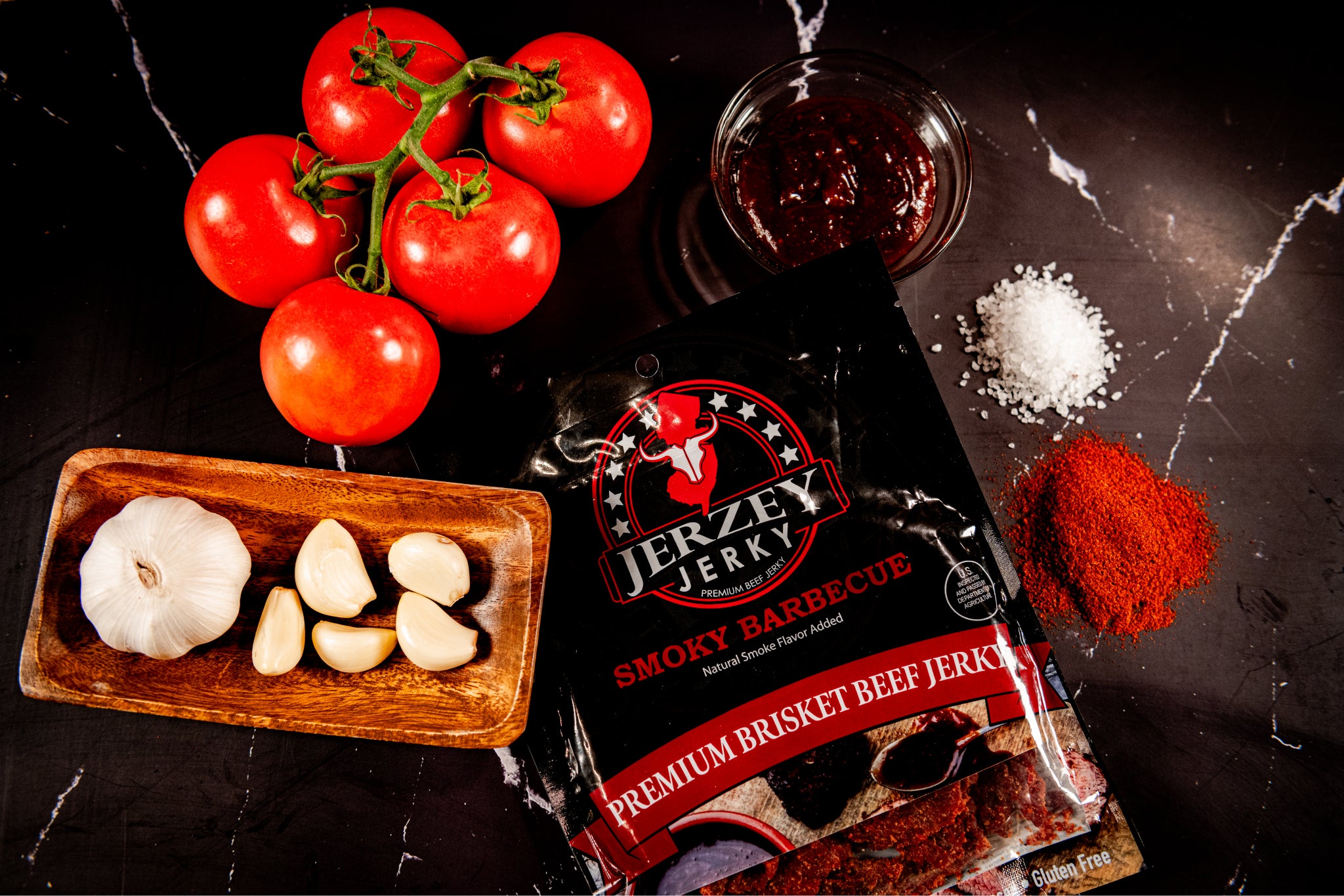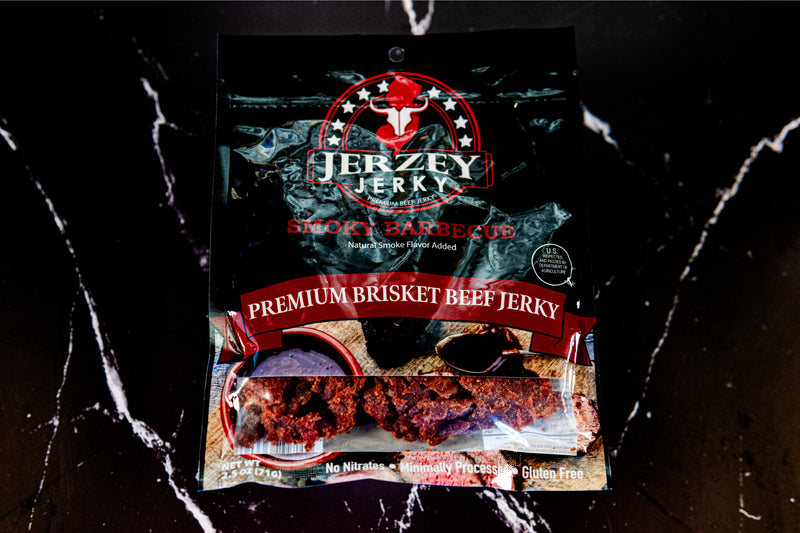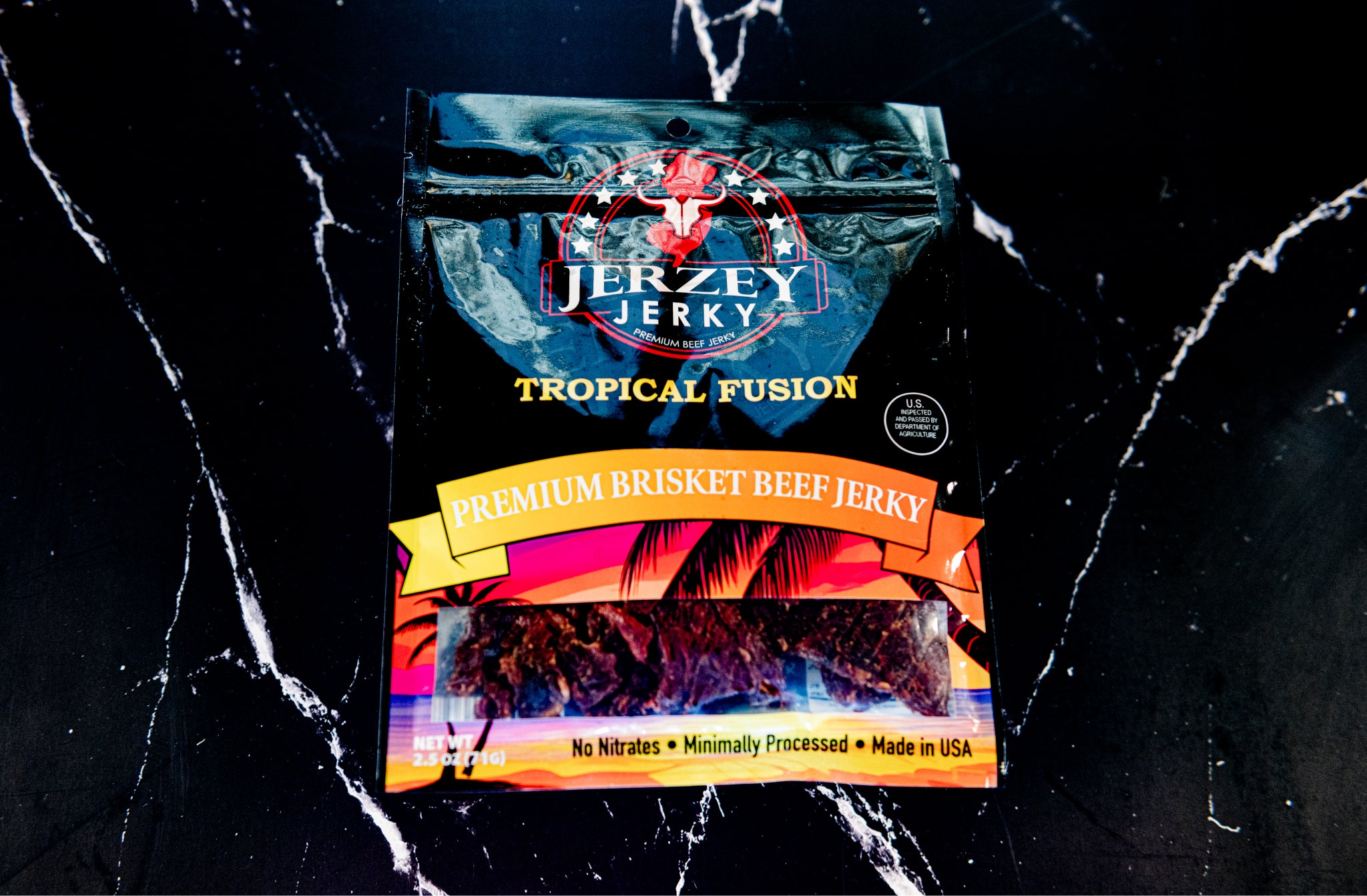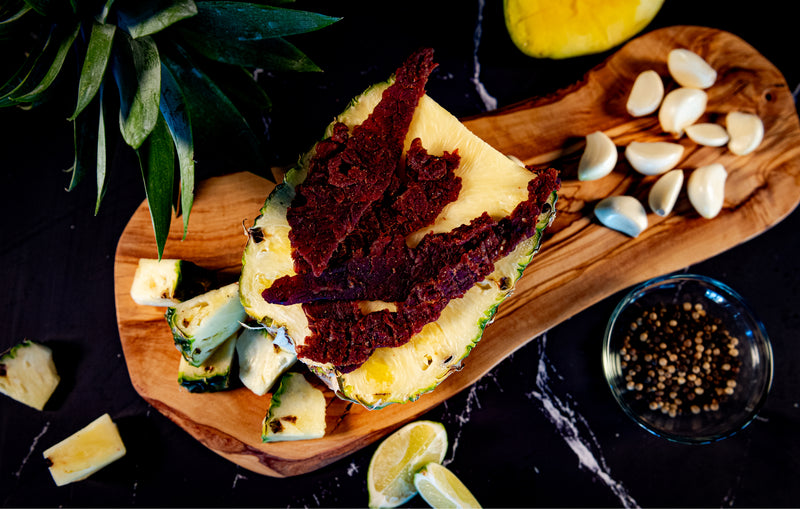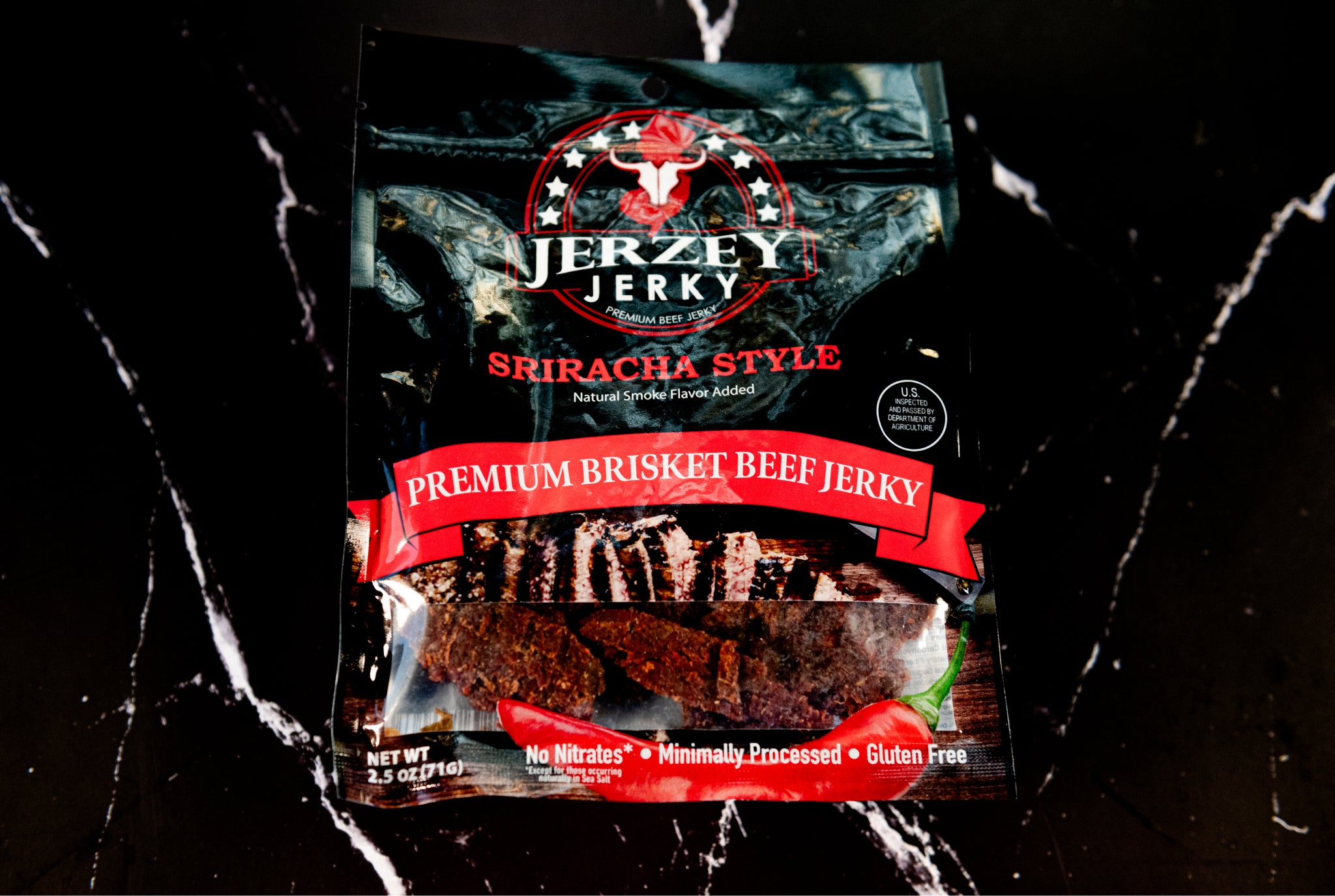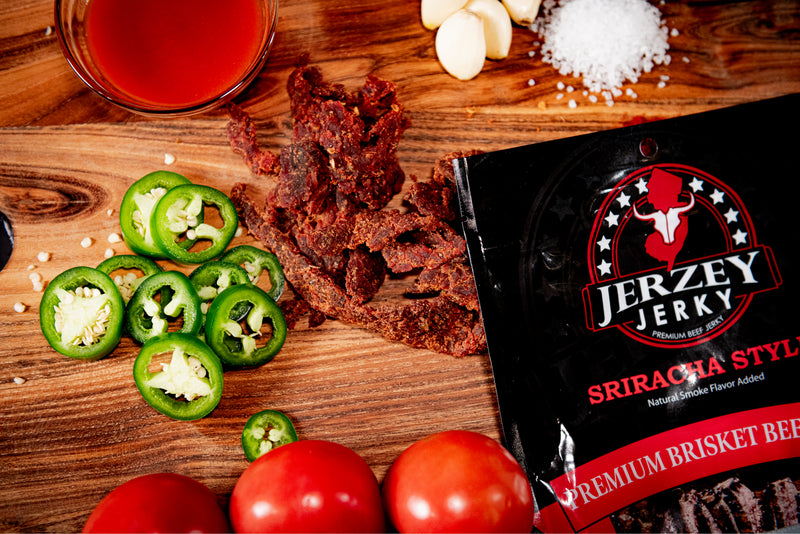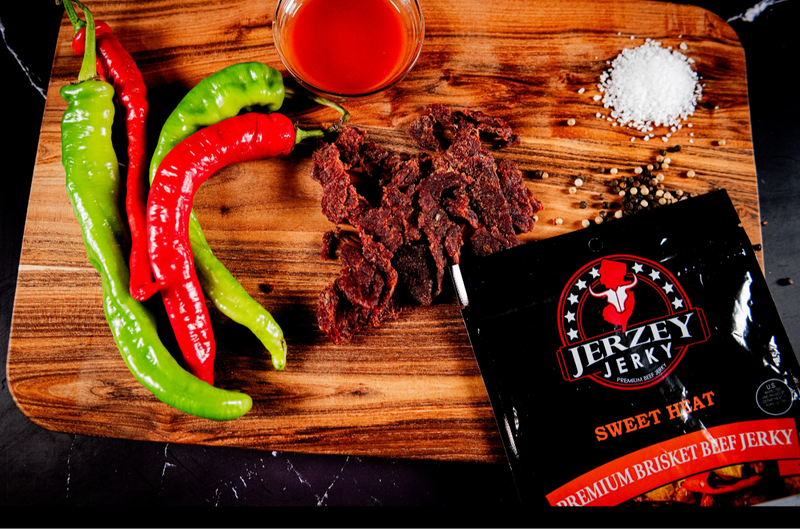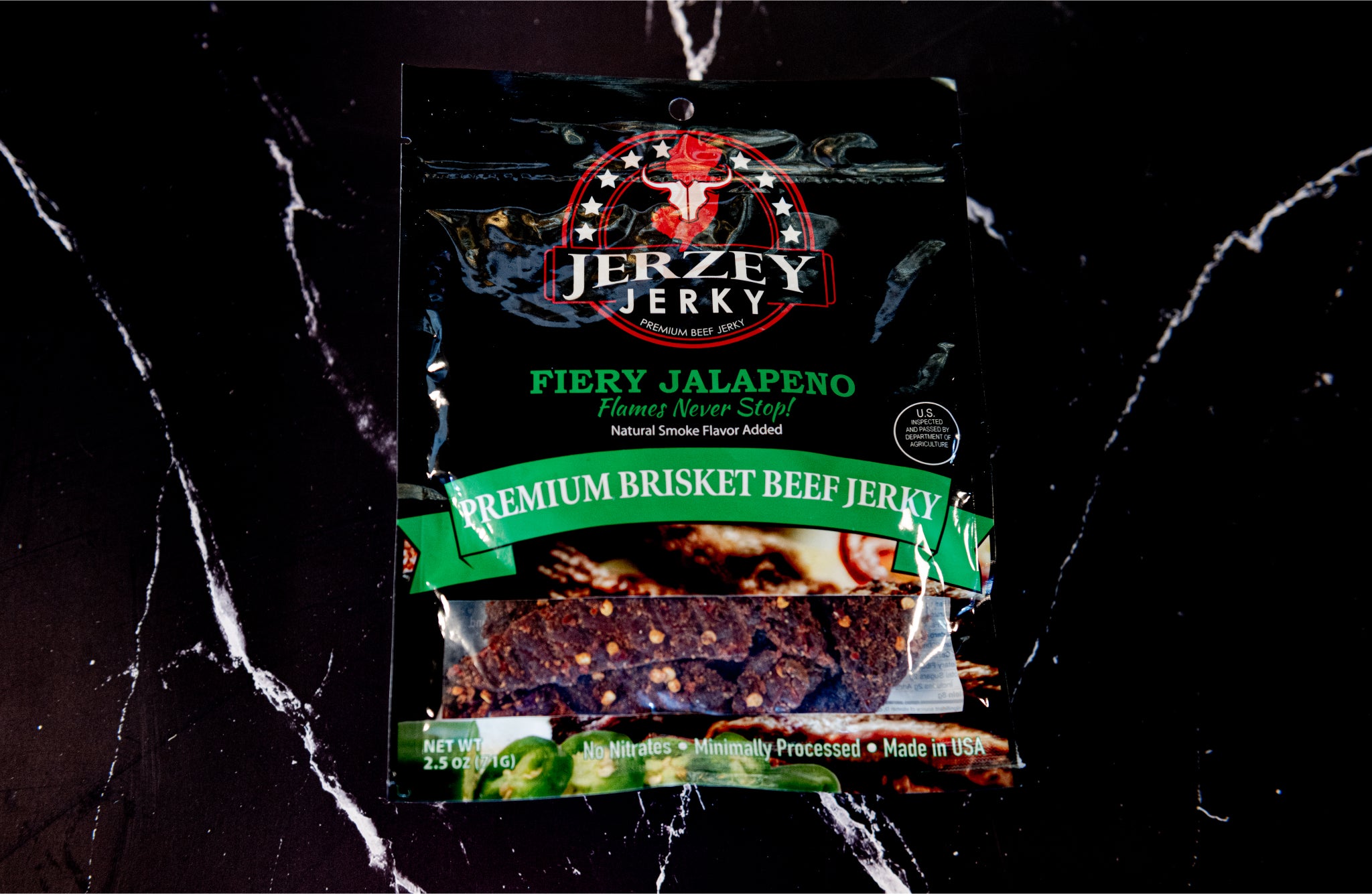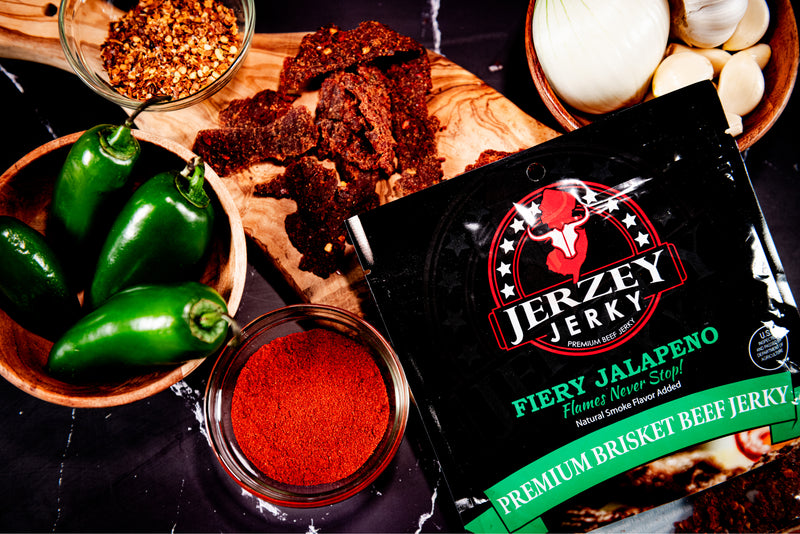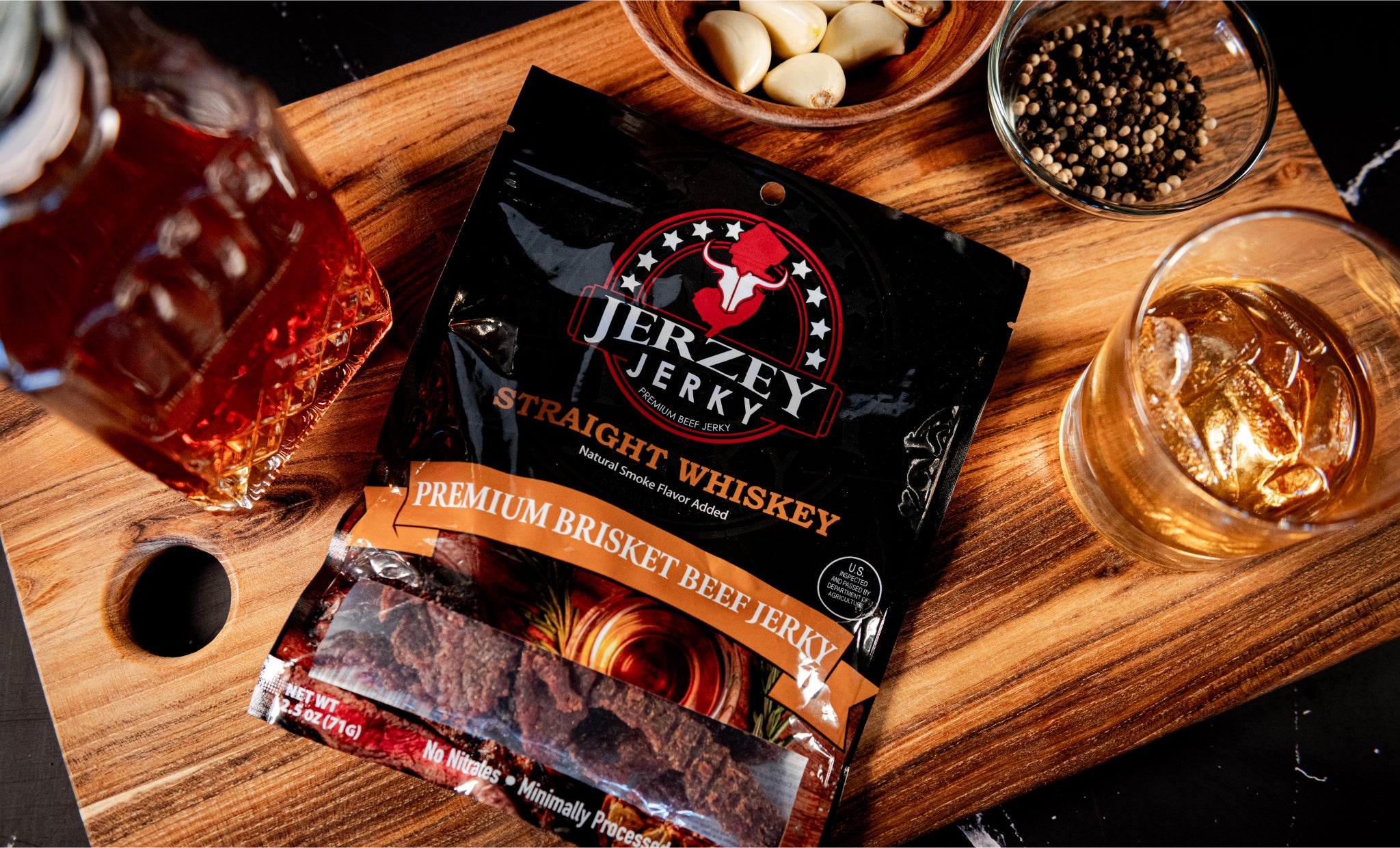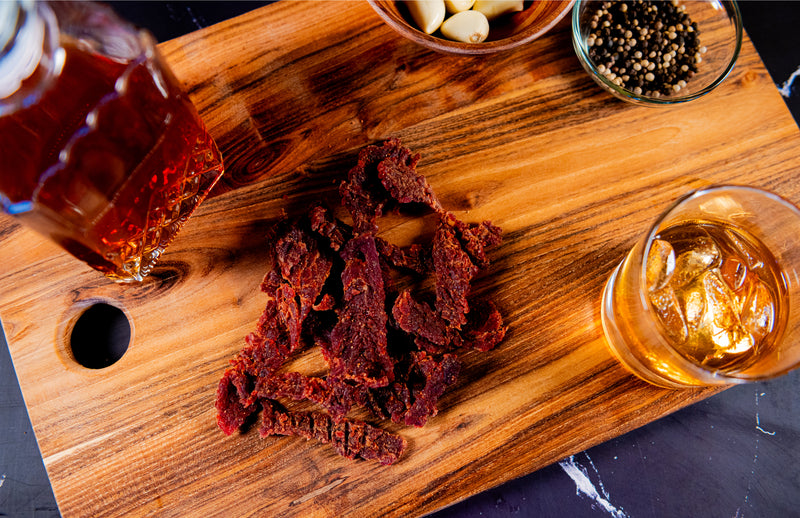
Angus Beef: Types, Uniqueness, and How to Identify
Angus is a Scottish cattle breed hailing from northeastern Scotland, recorded first in 1835 in Aberdeen and Angus counties. It is internationally perceived as a producer of tender marbled beef with uniform quality.
The two major types are Black Angus and Red Angus. Black Angus is more prevalent and conquers beef markets in the U.S. and Australia. Red Angus is just a variation in color (coat color) through a recessive gene.
The University of Missouri, in its division of animal science (2009), asserts that Angus beef has 12 percent more intramuscular fatness than Hereford; this enhances tenderness and juiciness.
Angus cattle are hornless by nature, making handling safer. Their dark complexion also lessens sunburns and eye problems which incite fertility and longevity in warmer climates.
What Are the Types of Angus Cattle?
Here are two types of Angus cattle:
- Black Angus: Black Angus is the most prevalent Angus variety. It lacks horns and has a solid black coat. It matures fast and produces more beef. It is the preferred breed in numerous premium beef production schemes all over the world due to its high carcass quality and tenderness.
- Red Angus: The reddish-brown color of Red Angus is due to a recessive trait. It matches Black Angus evenly. It has a higher heat tolerance and a broader genetic base, which makes it valuable in breeding efforts, notably in the warmer areas, where field performance must be reliable and adaptability is a strong characteristic.
Shop the best-selling Fiery Jalapeno Beef Jerky - Brisket & Straight Whiskey Beef Jerky - Brisket
What Makes Angus Beef Unique?
Here are the five ways that make Angus beef unique:
- Rich Marbling: Angus beef has small intramuscular fat known as marbling. This fat renders out in the cooking process and bolsters juiciness, tenderness and flavor. Higher marbling of cuts provides more texture and hence Angus beef is more pleasant and tastes richer as compared to leaner forms of beef.
- High Quality Criteria: There are established guidelines in certified Angus beef programs. These regulations only accept well-marbled beef of Angus-type cattle. The animals are raised and grown healthy without any addition of artificial hormones, which guarantees clean meat with reliable texture and provides a superior eating experience in all cuts that have been approved.
- Naturally Tender: Angus cattle have a natural property of generating soft muscle fiber. These strands cause the meat to chew easily. This tenderness remains similar in the majority of cuts. Angus beef frequently passes tests relating to texture better than other beef breeds.
- Consistent Flavor: Angus beef has a consistent taste. This uniformity is due to breeding and enforced feeding. Farmers are keen to control how their Angus cattle are raised in set conditions, which maintains their meat's quality and taste consistently. This assists the consumers just to having a similar taste all the time.
- Visual Appeal: Angus beef appears more attractive owing to its deep red color and its smooth texture. Cuts are marbled and display a consistent texture. This makes them more appealing in meat displays. Buyers also expect high quality and good appearance to be an indication of it when they are selecting beef.
How is Angus Beef Graded?
Grading of Angus beef is the same as the USDA program: Prime, Choice, and Select. Most Angus beef comes in the Choice or Prime categories due to their high marbling. These grades suggest greater tenderness, juiciness and taste than the lower grades.
The carcass quality can also affect grading. Angus beef has a fine meat texture with a thick white layer of fat. This fat is used to cover the meat during its aging and cooking. Angus cattle yield abundant edible meat, which raises profits for both producers and purchasers.
Grading maintains uniform quality for the buyers. Angus beef is a desired menu item in restaurants and grocery stores due to its rich flavor and tenderness. Angus beef cuts include the Prime and the Choice cuts.
How is Angus Beef Used in Cooking?
Here are the five ways Angus beef is used in cooking:
- Common Cuts: Angus beef consists of the common cuts such as ribeye, sirloin, strip steak, tenderloin, and brisket. These cuts can be used in an array of recipes and are rich in flavor and tender, making them ideal to be used in everyday meals as well as during a special day.
- Versatile Techniques: Angus beef can be cooked in a number of styles. It can be grilled, seared fast in pans, smoked slowly to develop the depth of flavor, and slow-cooked to tender perfection. Such diversity has also made Angus a choice among chefs and home cooks.
- Chef-Favored Meat: Chefs recognize Angus beef because of its strong flavor and melt-in-mouth quality. Its edible nature complements anything. These attributes transform regular cuisine into gourmet adventures, spotlighting Angus as one of the best ingredients of cookery.
- Premium Dishes: Angus beef is used in fine cuisine burgers, fine steaks, and thick roasts. Its taste and consistency enhance these foods, appealing to restaurants and food enthusiasts who want to get quality flesh in special menus.
- Meal Pairings: Angus beef goes well with a strong accompaniment such as roasted veggies, garlic smashed potatoes, and sweet sauces. It bests red wines and heavy beers to balance out tastes and offer fulfilling meals with various flavors.
How to Identify Real Angus Beef?
Here are the five ways to identify real Angus beef:
- Certified Labeling: Check the seal of authority such as Certified Angus Beef. The labels make sure that the beef is of high quality, which assures the authenticity of the meat and a high degree of marbling and tenderness ratio in the beef in comparison with generic beef products.
- USDA Grading: Typical USDA suffixes on real Angus beef are Prime and Choice. These grades indicate the level of meat quality regarding marbling and texture. Certified labels usually contain grading labels to assist the consumer in choosing genuine Angus beef.
- Origin Verification: Look out for the breed packaging and country of origin labeling. Quality Angus beef is produced using registered Angus cattle that are reared and produced within certain areas where the meat is superior. These labels ensure the authenticity of the beef about its source, as well as its breed.
- Trusted Suppliers: Buy Angus beef in good butchers or wholesome shops. Reliable suppliers use strict handling and storage regulations that guard meat purity. The purchase of certified products decreases the chance of inferior or fake materials.
- Visual Marbling: Real Angus beef exhibits fine and even intramuscular fat distribution, also known as marbling. This fat can be identified as white streaks in the red meat. Even marbling is likely to predict tenderness and flavor, and so are easy visual cues of real Angus beef.
Why is Angus Beef More Expensive?
Angus is more expensive because of the higher marbling and quality. Its market value is higher than many other forms of beef in global markets because of the fine intramuscular fat, which enhances tenderness and flavor.
Angus producers tend to keep their herd according to more stringent and sustainable conditions. They involve attentive feeding, health management, and humane treatment that are more expensive and enhance the quality of meat and its effect on the environment.
Price is also driven by high demand in fine dining and grocery stores. Angus beef sells well because of its taste and texture, so it is used in the best restaurants and specialty markets, driving prices higher than average beef products.
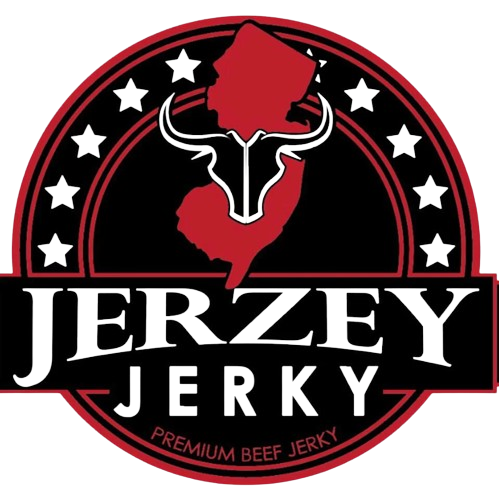
 2025-08-06
2025-08-06
 Wayne Holland
Wayne Holland

